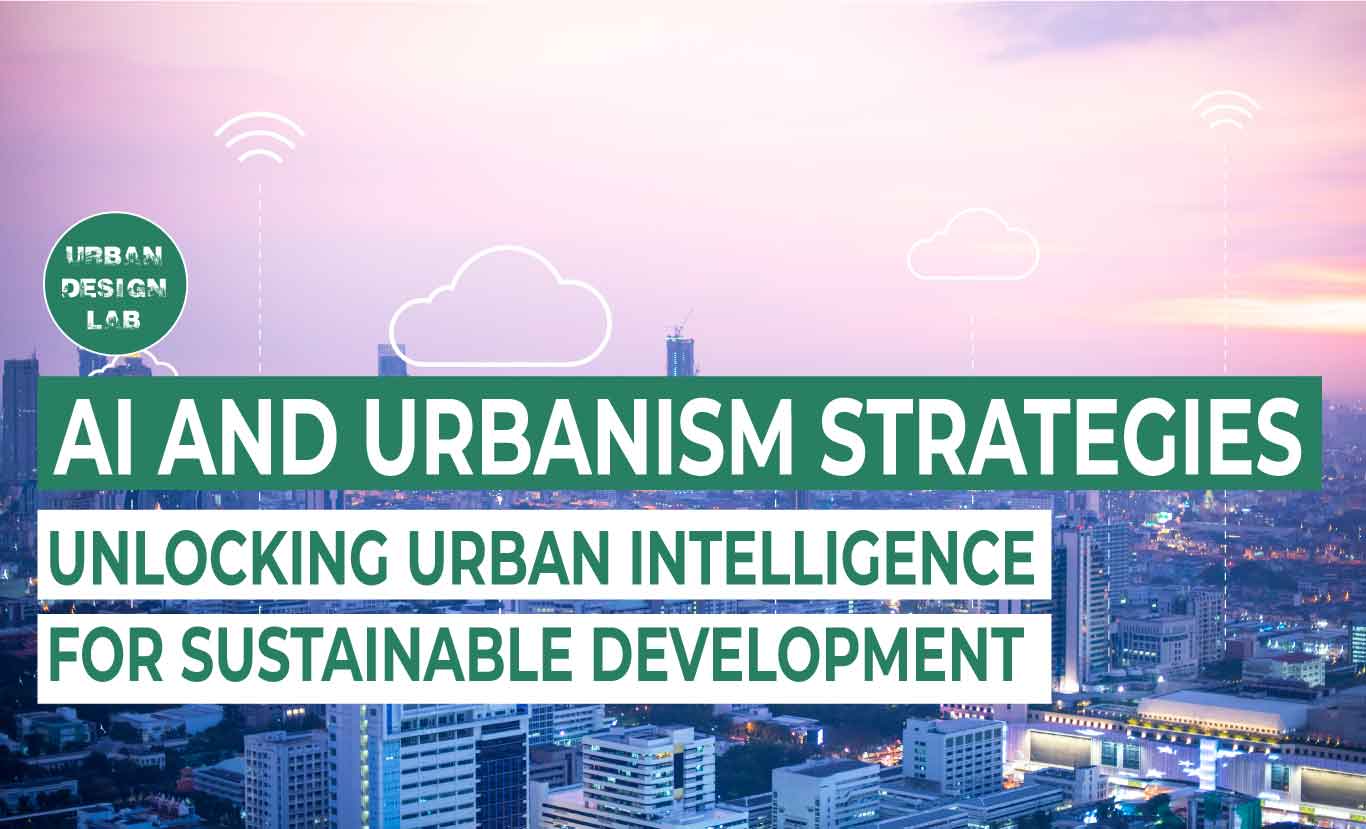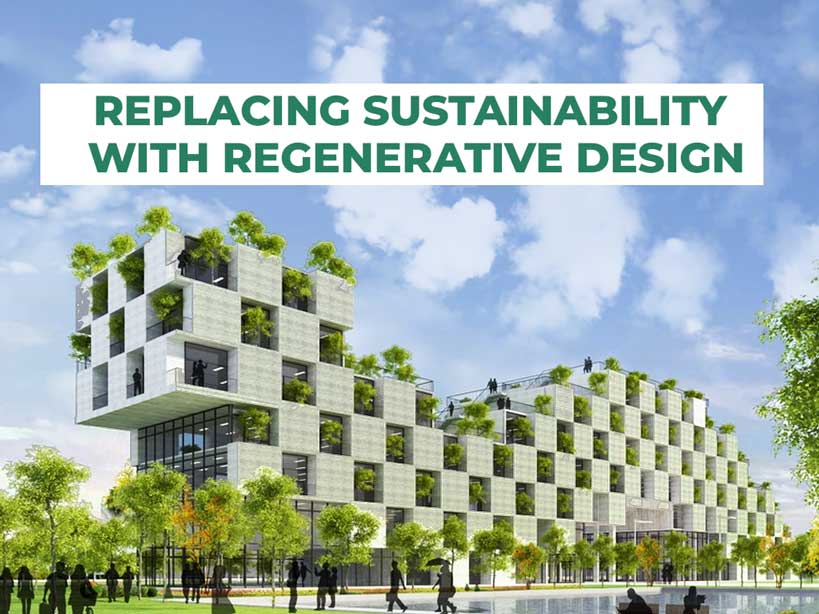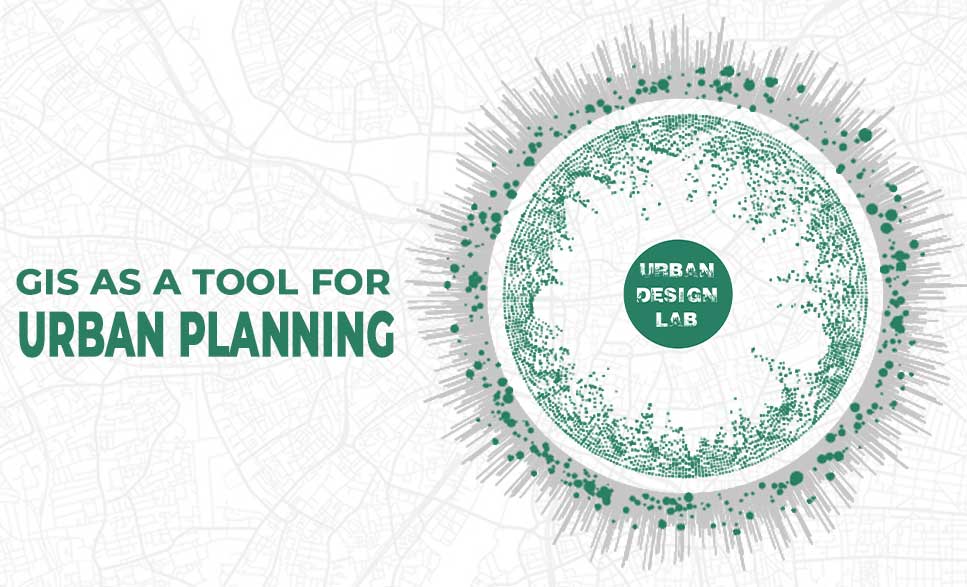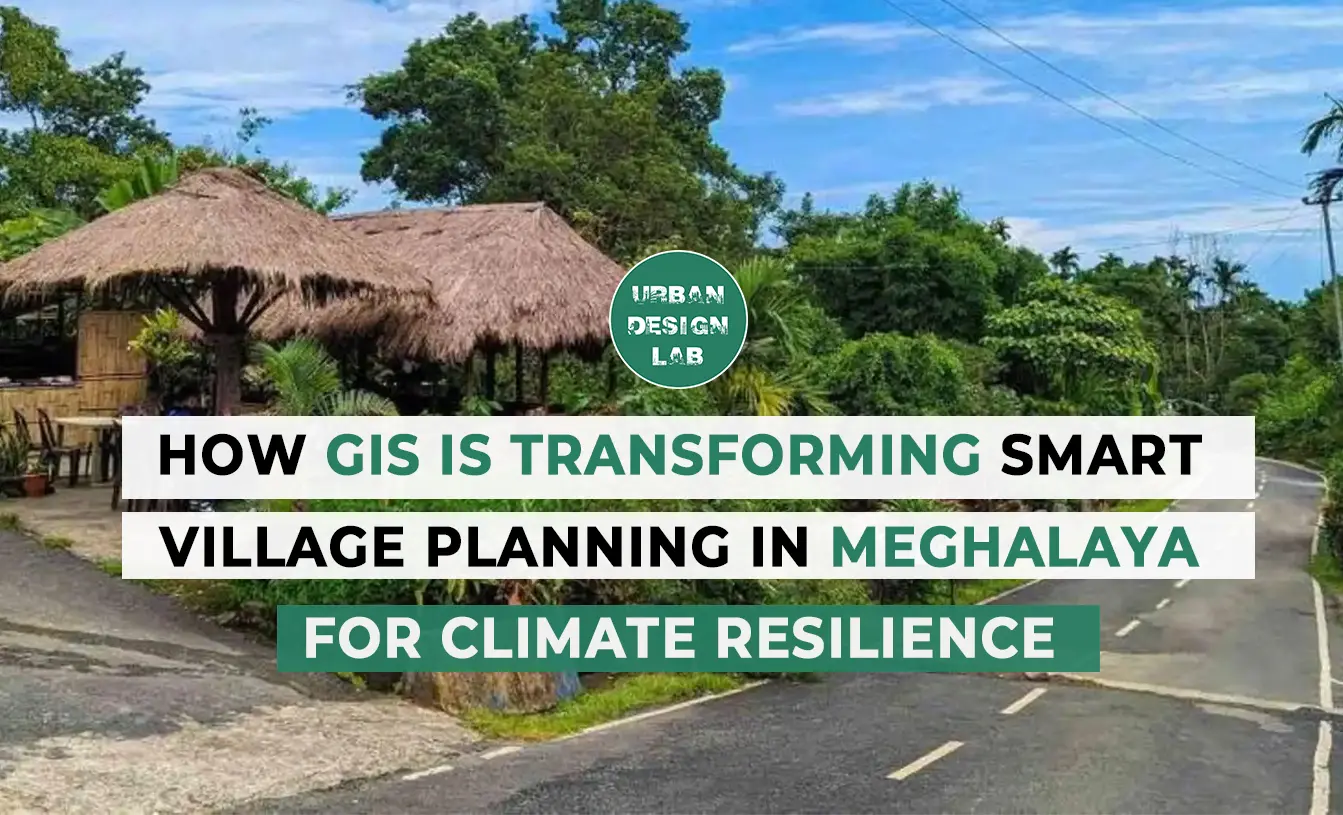
Rural Landscapes: How Food Production Shapes the Land

Food cultivation is one of the great historical milestones of our society’s development. The knowledge of agriculture was fundamental for the evolution of a nomadic society into a sedentary civilization. Centuries later, agricultural production has become one of the main contributors to the organization of the land. This phenomenon can be seen in the aerial images we have selected below
Early humans were generally nomadic, migrating from region to region depending on the season in search of food and water. This form of social organization changed as cultivation techniques and animal farming was discovered, which allowed groups to create permanent settlements. The introduction of agriculture as a human practice resulted in the occupation and transformation of the natural landscape in an attempt to plant and extract everything necessary for survival from the land. The first civilizations developed from agriculture.
The development of technology deeply affected agriculture, especially after the Industrial Revolution. As technology evolved, the possibilities of intervening in the natural environment increased even more, for example, with the mechanization of planting and harvesting, which allowed for increased production, and even more aggressive interventions such as irrigation systems in the desert and inter-basin transfers. So, while agriculture was responsible for connecting mankind with the land, it also became the greatest means of intervention and modification of the landscape.
We are witnessing massive interventions in the landscape to expand productive areas and, at the same time, we are facing increasing numbers of people suffering from food insecurity. The latest UN report, released in 2020, The State of Food Security and Nutrition in the World, estimates that up to 811 million people went hungry in 2020, most of them in Africa and Asia. Having celebrated World Food Day on October 16th, it is important to reflect on these processes of land transformation and their relation to food production. Here we have selected aerial images that show farms, plantations, and human activities related to food production.
Farmland plains meet the Nebraska Sand Hills in Nebraska, United States

Agricultural fields near the Itaipu Reservoir, forming the border between Brazil and Paraguay

Deforestation immediately next to a relatively untouched section of rainforest in Bolivia

Rice Terraces in Bali

A strip of farmland surrounded by desert in the United Arab Emirates

Pembrokeshire County, Wales

Citrus trees cover the landscape in Spain

Deforestation of the rainforest in Bolivia

Saltwater evaporation ponds in China

Hutt Lagoon in Australia

Irrigation circles in Colorado, United States

Author: Giovana Martino
Program: Landscape Urbanism
Publisher: Archdaily
Conclusion
References
About the author
Related articles


Architecture Professional Degree Delisting: Explained

Periodic Table for Urban Design and Planning Elements


History of Urban Planning in India

Best Landscape Architecture Firms in Canada
UDL GIS
Masterclass
Gis Made Easy- Learn to Map, Analyse and Transform Urban Futures
Session Dates
15th-19th December 2025

Urban Design Lab
Be the part of our Network
Stay updated on workshops, design tools, and calls for collaboration
Curating the best graduate thesis project globally!

Free E-Book
From thesis to Portfolio
A Guide to Convert Academic Work into a Professional Portfolio”
Recent Posts
- Article Posted:
- Article Posted:
- Article Posted:
- Article Posted:
- Article Posted:
- Article Posted:
- Article Posted:
- Article Posted:
- Article Posted:
- Article Posted:
- Article Posted:
- Article Posted:
Sign up for our Newsletter
“Let’s explore the new avenues of Urban environment together “






















































